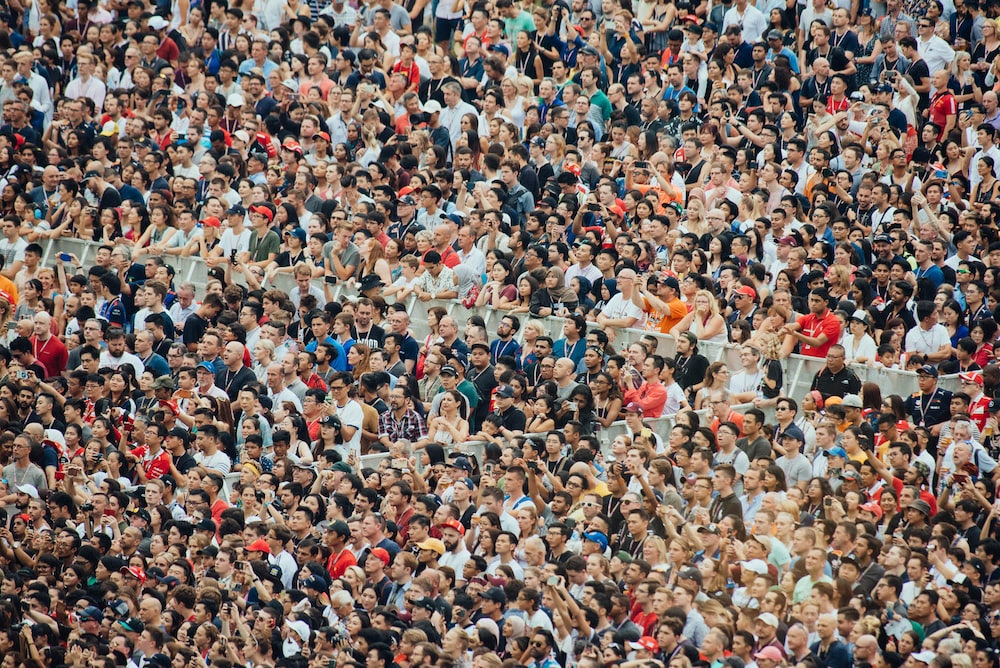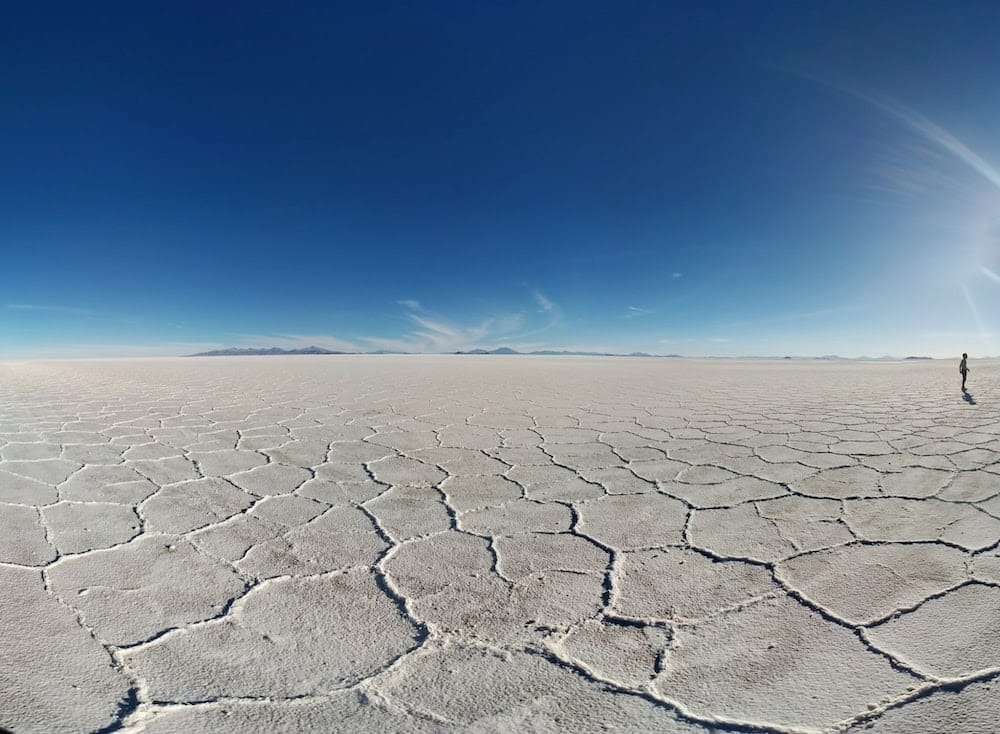
A recent study, commissioned by the Club of Rome think tank, shows that if current trends continue, the population could peak at 8.6 billion by the middle of the 21st century and then decline by about two billion by 2100.
Throughout history, population growth has been gradual, especially since the advent of a sedentary lifestyle, the development of agriculture and the domestication of animals. Its fluctuations have been influenced by various factors and exceptional events such as wars or epidemics, such as the Black Death for example, during which part of the world’s population decreased.
Since modern times, improvements in living conditions, health, industrialization and urbanization, have led to a more significant increase in the world population, which has risen from 1.6 billion in 1900 to 8 billion in 2023.
In 2022, the United Nations estimated that the world’s population would reach 9.3 billion by 2050 and pass the 10 billion mark by the end of the century. A new projection that integrates variables related to the environment and the economic context, such as the impact of climate change, income inequalities or energy resources, provides two scenarios. In the first scenario, the researchers estimated that governments would not be more active in addressing the various inequalities, which would make different communities more fragile and could lead to regional collapses. In this scenario, the world’s population would increase to nine billion by 2050 and then decrease to 7.3 billion by 2100.
The second scenario calls for governments to invest heavily in education, the fight against inequality and the ecological transition. In this scenario, the world’s population could increase to 8.5 billion by 2025 and then decrease to six billion by 2100. The main reason for the decline is due to a decrease in fertility rates as women gain access to education and become economically empowered. The study also shows that the world’s population will become older as a whole, reducing the number of people of working age and shifting the burden of financing health care and retirement to a smaller, younger population.




